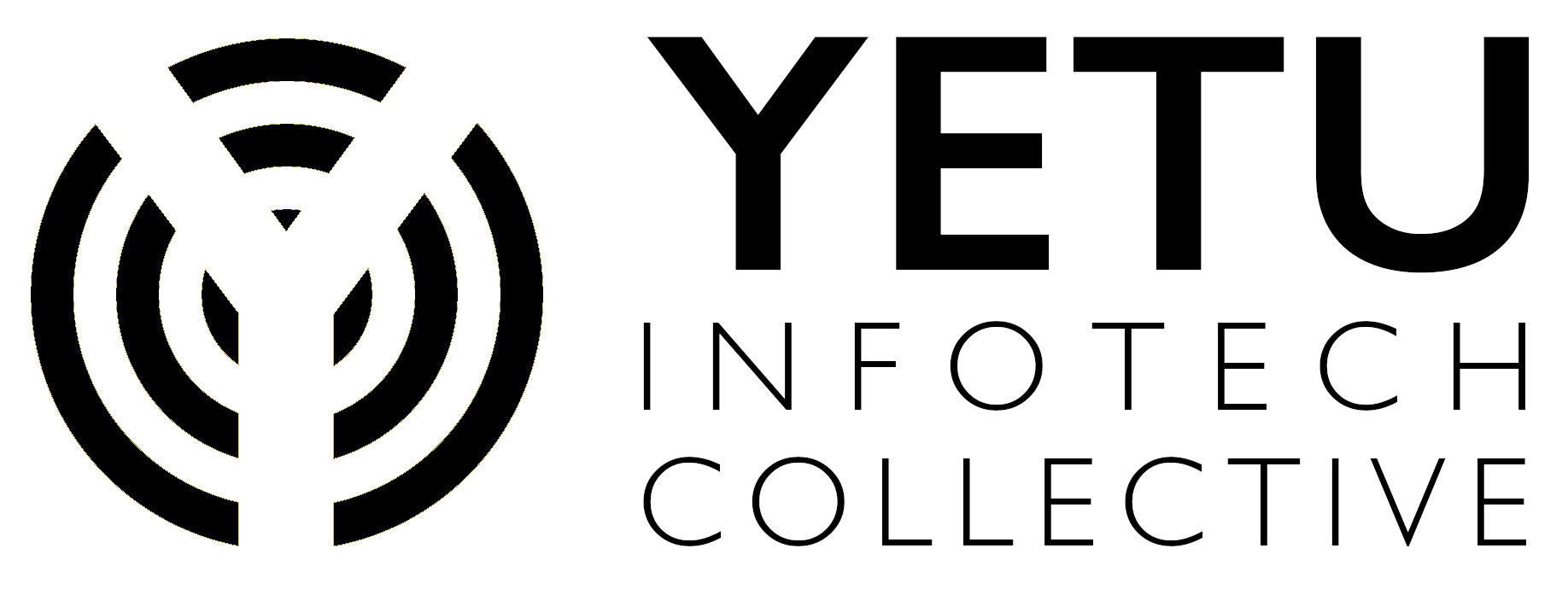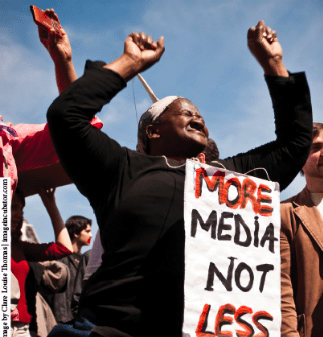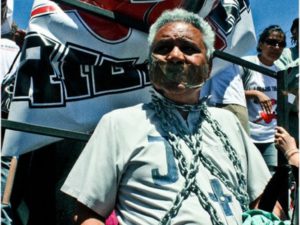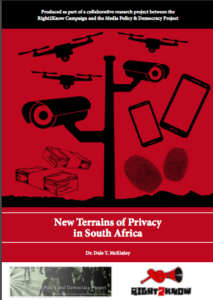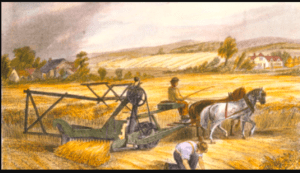In February 2011 the Right2Know Campaign National Summit resolved to broaden its focus from the Secrecy Bill to campaign for the free flow of information, including campaigning for a free and diverse media that can serve the information needs of all living in South Africa.
After extensive consultation with our constancy – including a series of dicussion documents, national seminars and Provincial Summits – the Right2Know Campaign has adopted this policy document to guide the campaign’s efforts to ensure a free and diverse media and the right to communicate for all.
Download the PDF of our position here.
Problem Statement: A brief background to media freedom and diversity in South Africa.
Information is power and an informed people able to use media to facilitate public discussion and raise their voices are a powerful people able to engage, ensure accountability, and even change power relations within their communities, with government and with corporate power. Apartheid, like authoritarian and undemocratic power anywhere, aimed to control the free flow of information in society. Privately owned and non-profit media critical of the government were banned and censored. The Apartheid government put considerable resources into media sympathetic to their values and goals, most notable the SABC (then a state broadcaster) and NASPERS (the Nationale Press)a private media company that began as a newspaper publisher aiming at controlling the flow of information to Afrikaans speakers. Today NASPERS has rebranded itself Media24 and is South Africa’s biggest media company controlling newspapers that account for just under 40 percent of total newspaper circulation in the country as well as the satellite television market (DSTV).
The dismantling of formal apartheid and the1994 transition to democracy promised to remove government censorship and as a result, South Africa’s 1996 Constitution protects media freedom as an explicit element of the freedom of expression. South Africa currently has a relatively free media with very few laws limiting the activities of journalists and publishers. The broadcast sector (radio and TV) is regulated by an independent institution (ICASA) and commercial, public and community broadcast license are granted.
But there are a number of very significant limitations and threats to media freedom in South Africa. These threats include the intimidation and vilification of journalists by politicians, the Secrecy Bill that it is current form criminalizes journalists for being in possession of classified information, as well as the ANC’s proposal to establish a Media Appeals Tribunal (MAT) that would likely see a statuary body (that reports to Parliament) evaluating the quality of editorial content and imposing sanctions on journalists. The MAT could in effect discourage critical and investigative journalism that uncovered information or promoted opinion that threatened the government of the day. The threat of a MAT could also have the effect of pre-publication self-censorship, where journalists and editors are discouraged from publishing material which could land them in trouble with the statutory body, regardless that the story may be in the legitimate public interest.
Other threats to media freedom from the state include proposals in the draft Public Service Broadcasting Bill that would see community media being brought under the wings of municipalities and the ICASA Amendment Bill threatens to bring the independent regulator under the influence of the Department of Communications.
During the anti-Apartheid struggle, activists campaigned not only for media freedom, but for a greater diversity of media. This struggle birthed the community media – media projects that aimed to give voice to marginalized communities serving their information needs and providing a platform for them to express their views and participate in the public sphere. The 1994 transition saw the protection of media freedom and the commitment to promoting a diverse range of media that could serve the various interests in South Africa. The SABC, a state broadcaster that reported directly to government, was transformed into a ‘public broadcaster’ with greater independence to broadcast radio and TV programs and report news without direct government control. There was a commitment to promote non-commercial and small commercial media and in 2005 the Media Development and Diversity Agency (MDDA) was set up as a statutory body independent of the government to provide funding and promote media diversity.
However the past 16 years have not seen as much diversification of voices and perspectives the media as should be the case given the complexity of South African society. Advertising and sponsorship are the primary sources of income for the media and in order to be sustainable they cater for information needs of the wealthier sections of the population and promote perspectives that do not threaten their advertisers. The trend to commercialization of the media has spread to the public arm of the SABC and non-profit community media in the context of a government policy that underfunded public/community media, leaving them to compete for advertising in the marketplace.
Both the public and public commercial arms of the SABC rely heavily on advertising. The SOS Coalition has called for these divisions to be collapsed and for all channels to be public channels. The irony is that the public channels make more money than the commercial channels bringing into question the need for the division of the SABC into commercial and public arms.
This commodification of media (commercial, public and community) has weakened diversity of views and news agendas carried by the media, and led to a prioritization of middle class and politically centrist views
In addition, to reduce costs and ensure sustainability or increase profits, there has been a trend towards media owners cutting editorial costs. This has meant fewer journalists carrying a greater workload and relying heavily on content produced by public relations people in government and the private sector as well as on syndicated content for news agencies. As official news sources are easier to access than grassroots sources, these have tended to dominate news agendas. However, the past five years have seen, to an extent, an opposite trend towards reinvestment in investigative journalism capacity. This journalism has exposed significant wrongdoings in the public and private sectors, and has played a key role in ensuring accountable and responsive institutions. Yet while all major media groups, especially the newspaper groups, have beefed up their investigative journalism capacity to offer quality content to hold onto audiences, there is evidence that general newsrooms have been cut to the bone. In companies that own several media outlets, copy is often syndicated across the group, leading to a reduction in diversity of voices; furthermore, reliance on news agency copy has become more evident.
The agenda setting media is still largely urban based and still promotes the information needs and voices of an urban middle class, although recently some media have made significant efforts to report on grassroots issues and struggles. Government trade and competition policy has also encouraged rather than contained media concentration. Monopoly ownership of print media has re-consolidated since the late 1990’s, with one corporation (NASPERS/Media 24) dominating the market, followed by three others (Avusa, Independent Newspapers and Caxton). The SABC – with by far the greatest national reach and range of language offerings – has battled to secure the funding needed to produce quality public programming and to determine its independence from powerful factions within the ruling elite. Community and small commercial media have been left to fend for themselves in a hostile market place. Many of these media serve sections of the population that are of very limited value to advertisers. Community and small commercial print media also face unfair competition from the monopolies who either buy-out successful publications, use their control of print and distribution to frustrate them, and/or launch competing titles with lower (cross-subsidized) advertising rates and access to large advertising sales departments and syndicated editorial content.
Also in the past 16 years South Africa has enjoyed a blossoming of the Internet, including online publishing and participation in social networks. Increasingly accessible broadband and an impressive levels of access to mobile phones means that for many people the internet has the potential to be an important environment for the production and distribution of media. However, there are a number of limitations and threats to the free flow of information carried on the Internet. The profiteering of cell phone companies makes extensive use of cell phones to access the Internet prohibitively expensive for the majority of people. In other parts of the world these companies have also shown their susceptibility to political pressure in instances when they have shut down their networks to prevent the spread of popular discontent. In addition the government has passed laws (like the Regulation of Interception of Communications Act, or RICA) that undermine the ability of people to produce and exchange information freely and anonymously over cell phone networks, as Rica requires all networks to be capable of surveillance. Citizens will be unable to realize their right to know without secure communications, as communications users may be reluctant to convey information of crucial public importance over insecure networks. There are also calls for legislation in South Africa (supposedly to ban child pornography) that would see government control and censorship of the Internet. The control of major publishing platforms and search engines (like Facebook and Google) are by and large, foreign and unaccountable corporations that remove or shut down content and services that threaten powerful interests also pose a potential threat to the freedom of on-line media. Facebook and Google have also adopted policies that undermine the privacy of their users.
In short: The media freedom guaranteed by the Constitution and protected by law is under threat from the state and the market. Elements in the state and ruling party who are threatened by the investigative and agenda setting power of the media are pushing for measures to constrain the work of journalists. Large media companies and the commercialization of public and community media (the dependence on advertising for sustainability) limit the range of opinions and news gathering agendas available to everyone living in South Africa. This commercialization ensures that the media tend to focus on concerns of urban and middle-class people at the expense of working-class and unemployed South Africans. The democratizing and dialogic potential of online and mobile media is also constrained and threatened by current legislation as well as the undue control of network operators and dominance of large multi-national companies.
The coming years will be critical for the defense and advancement of media freedom and diversity in South Africa. The ruling party may well pursue the establishment of a Media Appeals Tribunal (MAT), the Department of Communications will undertake a review of broadcasting policy, and Parliament will continue with its Media Transformation Indaba exploring issues of diversity, ownership and control.
The Right2Know Campaign is well capacitated to facilitate a popular response to the opportunities and threats that these processes hold for the free flow of information in South Africa.
Towards a Campaign for Media Freedom & Diversity
Media freedom and diversity are two sides of the same coin. Without media freedom the media would become the voice of the government, without a diversity of ownership and economic models (non-commercial and commercial) the media would be the voice of an economic elite.
Given the context outlined above the Right2Know Campaign will work to link the threats to existing freedom to the need to extend this freedom to a greater section of people living in South Africa. We must campaign to defend and extend media freedom and the right to communicate for all!
To this end, the Right2Know will be guided by the following positions:
1. Defend Media Freedom:
A media independent of government or commercial interests/influence is critical to providing citizens with access to information and an opportunity to express opinions vital to the functioning of our democracy.
a. There should be no state or corporate censorship of editorial content.
b. The various sections of the media should be supported to develop and improve voluntary media accountability mechanisms, to strengthen the accountability of the media to the ethics of journalism and to society
c. The independence of the broadcast regulator (ICASA) from the executive arm of government and private sector interests must be defended and strengthened.
d. The governance and management structures of the SABC and community media should be independent of the executive of government nationally, of municipalities, and private sector interests.
e. The media must be entitled to publish/broadcast information without fear or favour.
f. Journalists must be entitled to protect the identities of their sources
2. Expand Media Diversity in Ownership and Control:
A free media is a public good – a constitutional right that is the key to the realization and defense of other rights. If consumption and production opportunities are distributed by a market mechanism mainly, with a limited public service top up, they will continued to be enjoyed disproportionately by economically powerful sections of the population and ownership may continue to move towards greater concentration. In a country with such high levels of poverty, unemployment and inequality, it is untenable that the production and distribution of media goods should be dominated so overwhelmingly by market forces. There must be less concentrated ownership and control of the media and a greater diversity of commercial and non-commercial media, and forms of journalism, that can serve all sections of the population and enable a greater diversity of voices.
a. Media ownership must be less concentrated and smaller media organisations must be protected and supported. Strengthening the Competition authorities, and other mechanisms should be explored to tackle the problem
b. All people should have access to non-commercial media (alternative and community media as well as the public SABC). Such media should be funded from public and other non-commercial sources..
c. Accountable mechanisms independent of the executive of government must be developed to facilitate the disbursement of public funding.
3. New media and internet access:
Technology is changing how media is practiced and received. These changes are exciting as they have the potential to make an unprecedented diversity of media much more accessible, to democratise communication and make it more interactive, given that they encourage more horizontal forms of communication. Potentially, they can blur the distinction between information producers and information consumers; they can also make the right to know easier to realize as these media can make information more accessible.
Yet at the same time, new media are being deployed in ways that are increasing rather than decreasing social and information inequalities. Conditional access threatens to reduce accessibility of media. Proprietary control of information through trademarks, patents and copyright is eroding the information commons. Indigenous knowledge and language diversity is under threat. Curtailment of rights through surveillance and censorship is prevalent. All these trends threaten to make it more difficult for the right to know to be realised.
a. Communications must be universal. Everyone has a right to communications that are available, affordable and accessible. While great strides have been made in ensuring the availability of communications, especially mobile communications, many users cannot afford to access the network to the extent that they need to, leading to an illusion of universality being created. Universality will be realized only once people can access the network whenever they want to.
b. Communication must be ubiquitous: that is, users should be able to access information anytime, anywhere, anyhow, depending on the choice of the user. Currently, users are restricted in their choice of how to access information they need, either at home or on the move.
c. Communications must also be dialogic: that is, users should have the ability both to receive and impart information. They should not simply reproduce old methods of communication where a few talk, and the majority listen.
d. Everyone has the right to privacy and anonymous communications, which includes the right to encrypt their communications
e. We must protect and advance net neutrality, to ensure that the internet does not fragment into different components run by competing public or private interests. The internet must remain open and interoperable.
f. We must protect and advance internet freedom from governmental and corporate control
g. We must promote access to internet by ensuring affordable broadband access – including on cell phone networks
h. A free basic service for communications, cross-subsidised by the network operators, must be available to poor users.
i. Pre-paid communications users, who are overwhelmingly from the poor and working class, should not cross subsidise post-paid users. We oppose a communications system where the poor cross-subsidises the rich.
j. Free Facebook (Facebook Zero) should be made available in South Africa
k. Intellectual property arrangements in communications tend to favour the wealthy. Information as a rule should be free, and not treated as a commodity and subject to proprietary control, and should be part of a commons that everyone has access to by right.
Conclusion
Beyond and through mobilizing the R2K support base, the Campaign will need to advocate popularizing our perspective across society. We will engage tactically at every opportunity. This will see a variety of action from media advocacy, to lobbying, and protest. The R2K must undertake all these tasks within our limited capacity and remain committed to ongoing process of building a popular movement rooted in poor and working-class communities.
Journalists and other media workers are a critical constituency for this leg of the campaign and every effort must be made to engage them as active supporters. We must be more specific about the types of media and not use the generic phrase “media” to describe the dominant media. We must talk about monopoly media, small and medium commercial media, community media, state media, and the public broadcaster in a way that acknowledges their respective strengths and limitations in contributing to a free and diverse media.
Since our launching in late 2010 the Right2Know Campaign has shown a remarkable capacity to unite a wide range of people to defend and advance hard-won constitutional rights to access information. Access to information is only one aspect of the right to know. We must take up the fight for the right to communicate to extend the right to know. As the Right2Know Campaign’s vision states: “We seek a country and a world where we all have the right to know – that is to be free to access and to share information. This right is fundamental to any democracy that is open, accountable, participatory and responsive; able to deliver the social, economic and environmental justice we need. On this foundation a society and an international community can be built in which we all live free from want, in equality and in dignity.”
### ENDS ###
